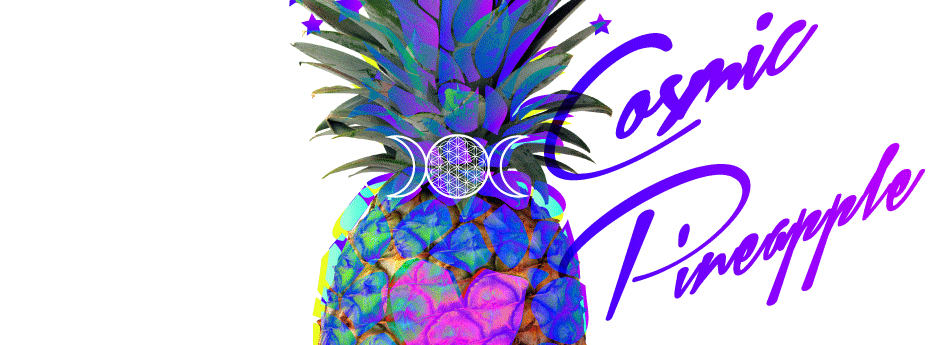Give Chants a Chance: The Lotus Sutra
Mantra is a Sanskrit word, which comes from the Hinduism tradition. It is broken down into two parts – ‘man’, which is the Sanskrit word for ‘mind ‘and ‘tra’, which is the Sanskrit word for ‘instrument’.
“A mantra is therefore an instrument of the mind, a powerful sound or vibration that you can use to enter a deep state of meditation.” – Deepak Chopra
Mantras can be used in daily life to raise your vibration and consciousness level. Each Mantra contains its own unique vibration of consciousness and produces unique and specific vibrations in the mind. They can lift karma and are said to be a pathway to enlightenment.
I was recently suggested to practice Nam-myoho-renge-kyo from my Shiatsu massage man. He suggested to practice ten minutes in the morning and ten minutes in the evening. I asked him what it means and he said you cannot explain with words. My mind piqued, I did however look online for some further information. The main thing for mantras is that they surpass the thinking mind and lift vibrations of your being. If you are interested in finding out more, I found some information and have shared it below. They say it takes 40 days to break and make habits, so 40 days is a suggested amount to practice to see and feel the benefits!
The below information is received from here
Nam-myoho-renge-kyo could be described as a vow, an expression of determination, to embrace and manifest our Buddha nature. It is a pledge to oneself to never yield to difficulties and to win over one’s suffering. At the same time, it is a vow to help others reveal this law in their own lives and achieve happiness.
Nam comes from the Sanskrit namas, meaning to devote or dedicate oneself.
Myo can be translated as mystic or wonderful, and ho means law. This law is called mystic because it is difficult to comprehend. What exactly makes it difficult to comprehend? It is the wonder of ordinary people, beset by delusion and suffering, awakening to the fundamental law in their own lives and realizing that they are inherently Buddhas able to solve their own problems and those of others.
Renge means lotus blossom. The lotus flower is pure and fragrant, unsullied by the muddy water in which it grows. Similarly, the beauty and dignity of our humanity is brought forth amidst the sufferings of daily reality.
Further, unlike other plants, the lotus puts forth flowers and fruit at the same time. This illustrates the principle of the simultaneity of cause and effect; we do not have to wait to become someone perfect in the future, we can bring forth the power of the Mystic Law from within our lives at any time.
Kyo literally means sutra and here indicates the Mystic Law likened to a lotus flower, the fundamental law that permeates life and the universe, the eternal truth.
To chant Nam-myoho-renge-kyo is an act of faith in the Mystic Law and in the magnitude of life’s inherent possibilities. Nam-myoho-renge-kyo is not a mystical phrase that brings forth supernatural power, nor is it an entity transcending ourselves that we rely upon. It is the principle that those who live normal lives and make consistent efforts will duly triumph.
This post was written by Kim Booth

